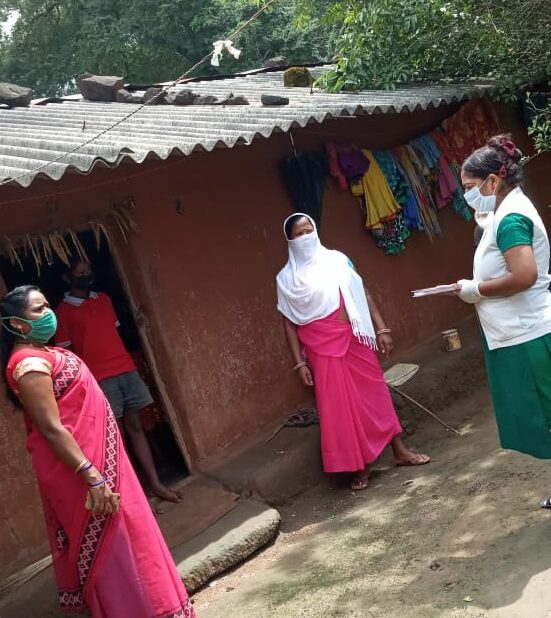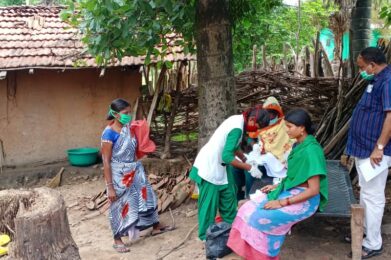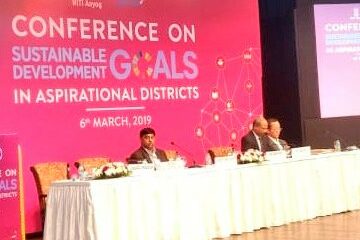Aspirational Districts Programme
About
The Aspirational Districts Programme is a flagship initiative of the Government of India that targets to effectively transform the most under-developed districts across the country. Launched by the Honorable Prime Minister Shri. Narendra Modi in 2018, the ADP aims to expedite the transformation of 112 under developed districts across 28 States.
With States as the key drivers, this program focuses on identifying low hanging fruits for immediate improvement and measuring progress made across 49 Key Performance Indicators under 5 broad socio-economic themes: Health and Nutrition, Education, Agriculture and Water Resources, Financial Inclusion and Skill Development and Infrastructure.
The programme, a policy priority of the Government of India, is anchored by NITI Aayog which works in tandem with central and state governments. The institutional structure adopted in the Aspirational Districts Programme is based on an inclusive approach to governance – termed as “Sabka Saath Sabka Vikas” which aims to facilitate growth and development of the entire district, rather than any single population group. This motto is mirrored in the principle of Leave No One Behind (LNOB), the central and transformative promise of the 2030 Agenda for Sustainable Development.
UNDP’s Role In Aspirational Districts
Government of India launched the Externally Aided Programme on Sustainable Development Goals (EAP-SDG) in 2019 for rapid socio-economic transformation of Aspirational Districts. The programme is funded by Official Development Assistance (ODA) from Japan International Cooperation Agency (JICA) for approximately 15 billion Yen. The performance of the districts is monitored every month and the good performers are rewarded suitably. The districts which rank 1 and 2 in the overall ranking get Rs. 10 crores and Rs. 5 crores respectively and districts ranking first in sectoral ranking get Rs. 3 crores each.
UNDP as part of the Project Management Unit (PMU) provides technical support to districts in formulating proposals for this scheme, thereby facilitating access to these funds. By September 2021, proposals from approximately 85 districts were approved under this allocation window. This has proven to be a successful strategy in incentivizing districts to compete and score more in the Key Performance Indicators.






